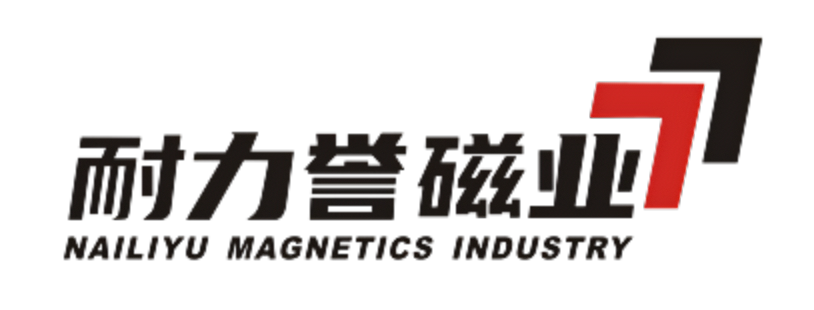01 Magnetic Material Reqs for Motors
DC and brushless motors use magnetic tiles/rings with differing magnetization reqs. Magnetization quality is judged by avg extreme value, range, and area (duty cycle). Avg extreme value ensures magnetization performance; range ensures uniformity; area affects motor output and torque feel. DC motors require high duty cycles for high output, while brushless motors need smooth rotation with minimal torque fluctuation, resembling sine waves.
02 Pole Number Reqs for Motors
Magnetic rings can be charged externally (rotor use), internally (stator/outer rotor use), obliquely, axially (single/double-sided multipole, 2-pole), or radially. Pole numbers refer to multipole magnetization. DC motors use 2-4 pole rings; stepper, brushless, and synchronous motors use 4, 6, 8, 10 poles.
03 Magnet Application Based on Shape & Poles
Magnetic tiles are used in DC and brushless motors. DC motors use 2-4 pole tiles; brushless motors use >6 pole tiles as stators and >4-6 pole tiles as rotors. Magnetic rings distinguish stepper, brushless, and synchronous motors by size, pole number, and wall thickness. Injection molded magnets, bonded NdFeB, and sintered NdFeB are commonly used in small motors, especially the first two.

